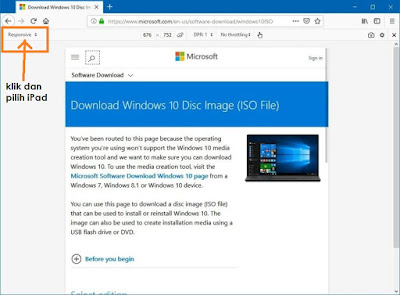DCT1063 PROGRAMMING2
2012/2013 Semester 2
Course Plan
Note
Chapter 1 - Pointer
Chapter 2 - Managing Memory
Chapter 3 - File Input and File Output
Chapter 4 - String
Chapter 5 - Advanced Data Types
Slide
Chapter 1 Pointer
Chapter 2 Managing Memory
Chapter 3 File Input and File Output
Chapter 4 String
Chapter 5 Advanced Data Type
Lab
Chapter 1 - Pointer
Chapter 2 - Managing Memory
Chapter 3 - File Input and File Output
Chapter 4 - String
Chapter 5 - Advanced Data Types
Course Plan
Note
Chapter 1 - Pointer
Chapter 2 - Managing Memory
Chapter 3 - File Input and File Output
Chapter 4 - String
Chapter 5 - Advanced Data Types
Slide
Chapter 1 Pointer
Chapter 2 Managing Memory
Chapter 3 File Input and File Output
Chapter 4 String
Chapter 5 Advanced Data Type
Lab
Chapter 1 - Pointer
Chapter 2 - Managing Memory
Chapter 3 - File Input and File Output
Chapter 4 - String
Chapter 5 - Advanced Data Types



